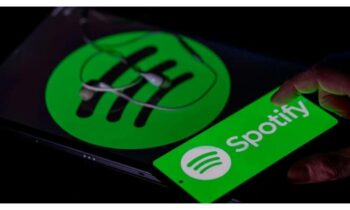The definition of luxury has changed over the years. What used to be initially only determined by pricing has now taken a different path with access to brands on an increase.
If we look back to 2022, what defines a luxury brand is its exclusivity powered by technology. Pricing matters, but to the new generation of affluent consumers limited supply adds a level of excitement that is more than purely monetary. Current millionaires are aged between 18-44 and luxury to this bracket has a new meaning. It means freedom to do, buy and experience, and brands need to readjust their perception accordingly.
Who wears or uses a brand along with where you discover it, is what drives brand equity.
When you picture the average Louis Vuitton or Gucci wearer, you are likely to imagine a specific kind of person. Luxury brand equity depends on the lifestyle and identity that is perceived to come with a label. The Gucci Customer’s identity is built around the high quality of their products, the exclusivity of their heritage, and the singularity of their offering; be it their physical or digital items.
What makes a luxury brand worth the price is that it is perceived to be difficult to acquire. Exclusivity equals luxury. So, in a space like web3, built on transparency and inclusivity, how can luxury brands maintain their identity?
Quality
For most luxury brands, quality is what makes them stand out. Whether a Porsche, a Tiffany’s necklace, or a bottle of Möet, the consumer expects and assumes the best possible quality from that product. From speaking to 60+ traditional brands over the last 11 months in this space; its prevalent that luxury brands are very specific about how the quality of their items are depicted digitally.
How do you really emulate the softness of a cashmere coat or the perfect finish of an Hermes bag? This is a challenge or thought every designer has.
Meanwhile, I ran a poll through my network during December on my LinkedIn to understand more about what people are thinking when it comes to luxury. The audience set is a digital first; crypto curious audience. Data suggested that 60% of respondents still see a Philip Phatek watch as much more luxury than digital products from high-end brands like Nike Digital Shoe.
The offline tangible quality still hasn’t completely translated to the online world yet.
Exclusivity
So if the physical still represents “luxury” to the majority, then how do you go about maintaining exclusivity in web3?
For a lot of brands, web3 has been treated as a gimmick – an opportunity to leverage the buzzwords to win end of the year awards and cash in on new customer demographics. Meanwhile for some brands, web3 activations have become a means to speak to their audience along with their traditional brick and mortar stores, and digital platforms.
Lets talk about supply! It has always been a mechanism brands have used to solidify themselves as luxury. Limited supply increases exclusivity however, balancing inclusivity with that element is now easier with web3 as a low barrier to entry (price) can be utilised alongside a short window of sales access. But then you may say, what is web3 about it? Aren’t we already achieving this without the blockchain?
The system of blockchain is transparent, meaning community members can trust whatever a brand says regarding drops or giveaways because the evidence is written in code (tracking on-chain activity). We’re talking about inclusivity through access to transparent information that does not currently exist in the world of web2.
Web3 offers brands the opportunity to build a genuine community and create deeper relationships with their customers. Every customer who buys a token is immediately part of a community that brands can activate through unique experiences, special offers and better access to real-world events and products. Looking beyond digital commodities, brands can also use these products to offer access to an exclusive social club with tangible benefits for the customer as long as they are able to communicate their brand ethos through experiences and activations.
When brands authentically engage with the web3 space they don’t lose exclusivity, they gain the opportunity to build an exclusive and actively engaged community around their brand based on transparent operations.
It might take a bit more effort, but it will be worth it.
Welcome to Luxury3.0 – where brand exclusivity powered by transparency is the new inclusivity.



